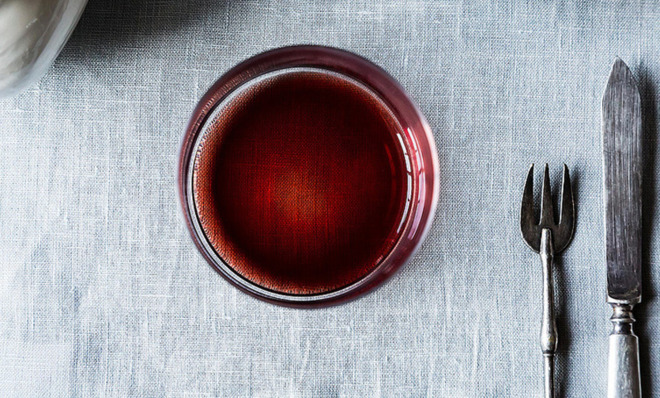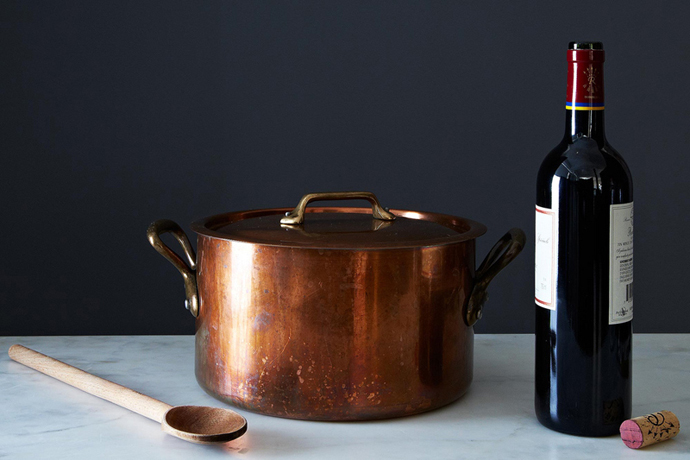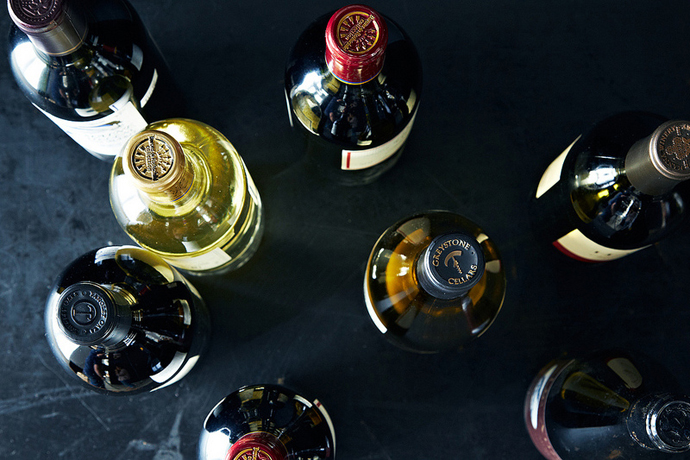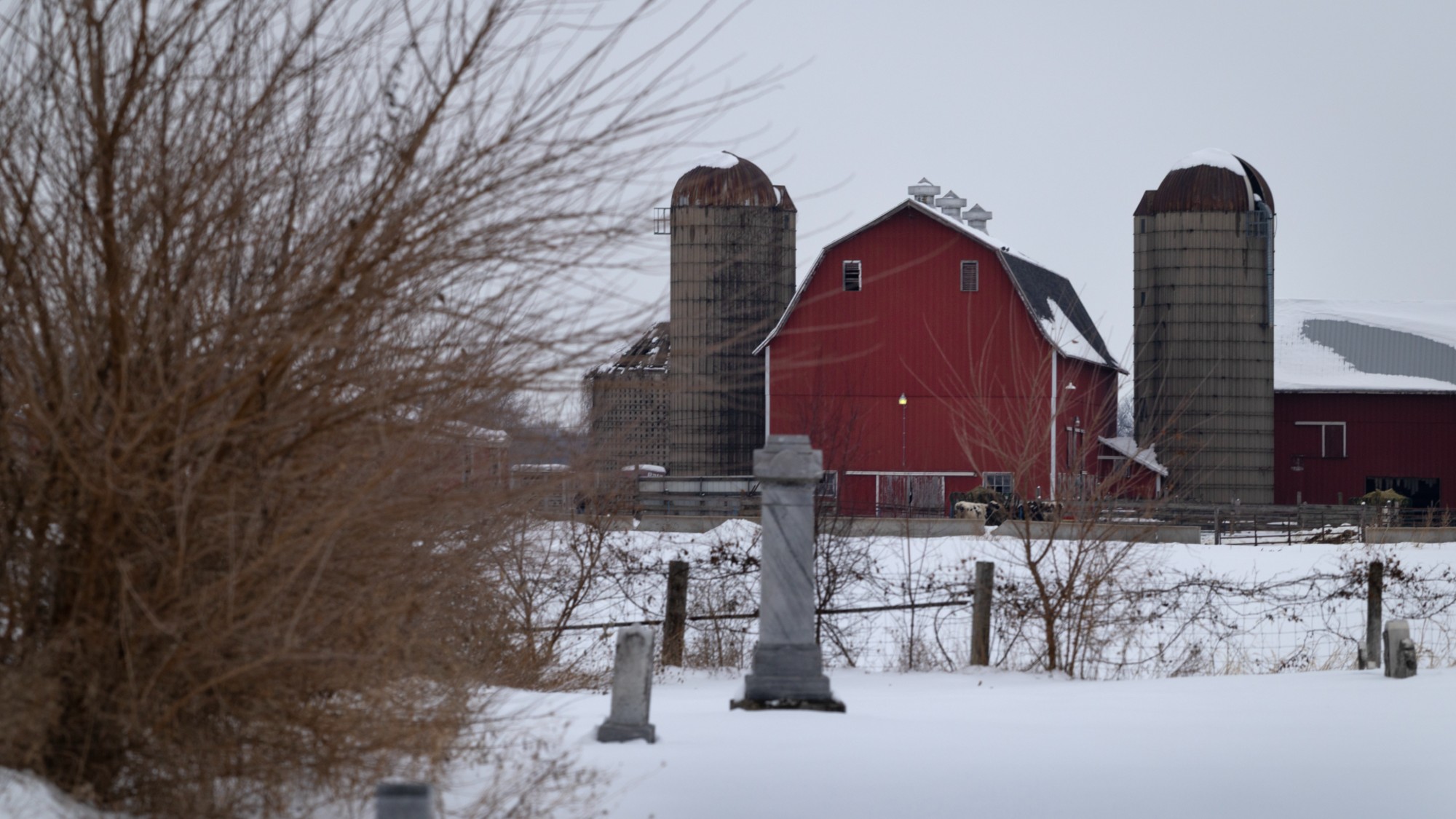The best wines to hunker down with
In winter, your wine should be as layered as your clothing


Cold winter weather makes me move a little slower. The clothes I wear each day are a little thicker. And the food I'm inclined to cook has a denser, bigger quality to it. Sweet potatoes instead of zucchini, say. Or farro instead of couscous.
The same goes for the everyday wines I drink. I'm more likely to reach for a wine that's lush and rich than one that's lean and minerally. I'll go for a more fruit-forward wine before one with high acidity. And, at this time of year, I'd rather hunker down with a wine that matches my pace than choose a breezy, easy-drinking option.

It turns out that our instincts for hunkering down in the winter can also be used for choosing wintertime wines. First things first: Think texture.
The Week
Escape your echo chamber. Get the facts behind the news, plus analysis from multiple perspectives.

Sign up for The Week's Free Newsletters
From our morning news briefing to a weekly Good News Newsletter, get the best of The Week delivered directly to your inbox.
From our morning news briefing to a weekly Good News Newsletter, get the best of The Week delivered directly to your inbox.
It's all in the layers
Unless you live someplace balmy, January is probably not the time you feel like drinking wines that are light, or crisp, or especially refreshing. Instead, think about wines that have layers, like the way you dress when it's cold. Wines that have texture and layers have a lot of dimension to them in terms of aroma and taste.
When you smell a textured wine, tuck your nose deep into the glass — you'll get the sense there's more to it beyond one or two sniffs. Some grapes are known for their dimensional aromas, like Viognier and Gewürtztraminer; in the winter, older wines made from Riesling are a special treat, because they've often developed smokey, honey aromas over their time in the bottle. Look for German Rieslings in particular, where Dönnhoff (from Nahe, Germany) and Prum (in the Mosel region) are favored producers. In the Alsace region of France, the Boxler label is a personal beacon of light.

When you taste a textured wine, you'll notice it has a savory quality, similar to what you'd find in long-braised meats or stews: There's an initial flavor when the wine (or meat) first hits your tongue, then another layer of flavor as it passes through your mouth, and yet another layer of flavor as you swallow. Not surprisingly, wines that emerge from regions that are also bountiful food producers offer savory characteristics. Hit the Italian section of the wine list or shop for reliable and often exceptional bottles, especially Pinot Bianco from Alto Adige, Nebbiolo from Piedmont, and Sangiovesee from Umbria and Tuscany.
A free daily email with the biggest news stories of the day – and the best features from TheWeek.com
Whether you focus on texture, smell, or taste, winter is the perfect opportunity to take your time and consider the layers in your glass.
More from Food52...
This article was originally published on Food52.com: The best wines to hunker down with.
-
 5 prize-winning cartoons about Donald Trump's appetite for awards
5 prize-winning cartoons about Donald Trump's appetite for awardsCartoons Artists take on operatic ambitions, peace prize pacifiers, and more
-
 Will Trump’s $12 billion bailout solve the farm crisis?
Will Trump’s $12 billion bailout solve the farm crisis?Today’s Big Question Agriculture sector says it wants trade, not aid
-
 ‘City leaders must recognize its residents as part of its lifeblood’
‘City leaders must recognize its residents as part of its lifeblood’Instant Opinion Opinion, comment and editorials of the day